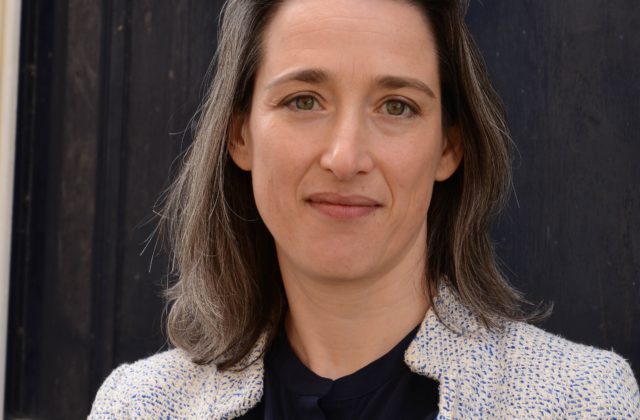Gelder, Maartje van
Individual Fellow

Unrest and contestation in early modern Venice
Early modern Venice was a city without revolts, but does this mean that popular unrest and contestation were absent? Which forms did unrest and contestation take in Venice? What was its impact on elite politics? And what can a study of Venice contribute to socio-political history in general?
Project Description
Venice’s reputation as La Serenissima, “the most serene one”, is an enduring myth in European history. One key element in this mythical image is the absence of popular protest. While other cities went through cycles of revolts, Venice seemed immune to such struggles: its ruling elite remained in power for a thousand years, until 1797. Whereas historians now consider popular contestation and negotiation crucial in shaping urban politics, Venice – one of Europe’s most densely populated, dynamic, and diverse cities – is missing from this narrative. This project challenges that idea by revealing how ordinary Venetians protested against the regime. It integrates Venice into the broader European framework by looking at overt political protest and semi-secret contestation, such as gossiping, critical songs, and subversive rituals.
Selected Publications
“The People’s Prince: Popular Politics in Early Modern Venice”, The Journal of Modern History, acccepted and forthcoming in 2018
“The Republic’s Renegades: Dutch Converts to Islam in Seventeenth-Century Diplomatic Relations with North Africa”, Journal of Early Modern History, 19.2-3 (2015), 175-198
-
Insights
A Hidden History of Venice